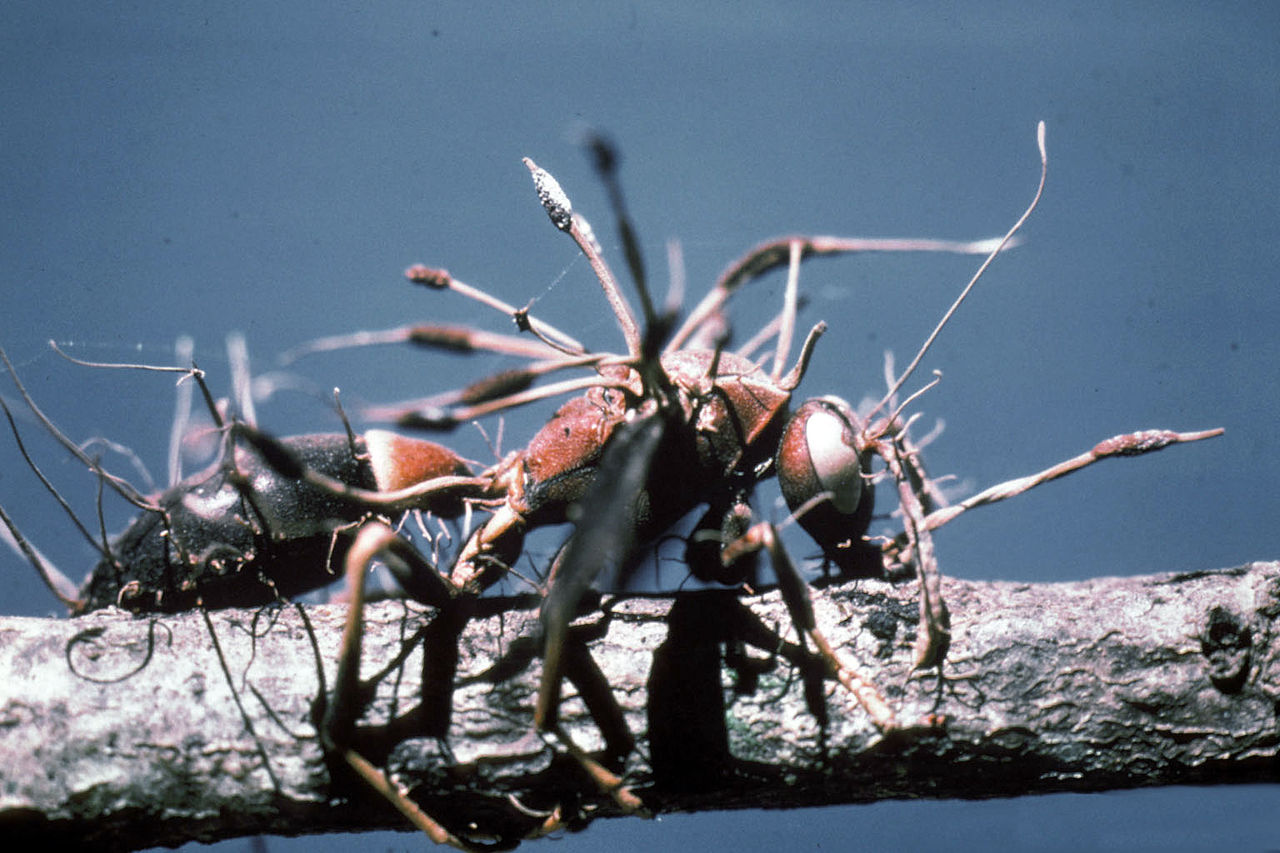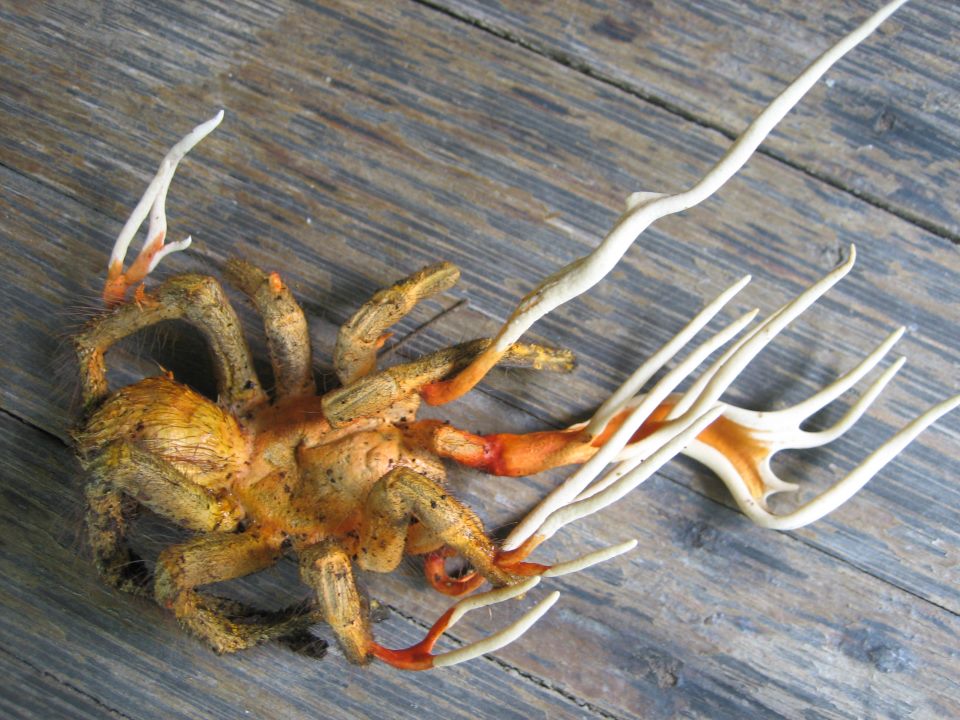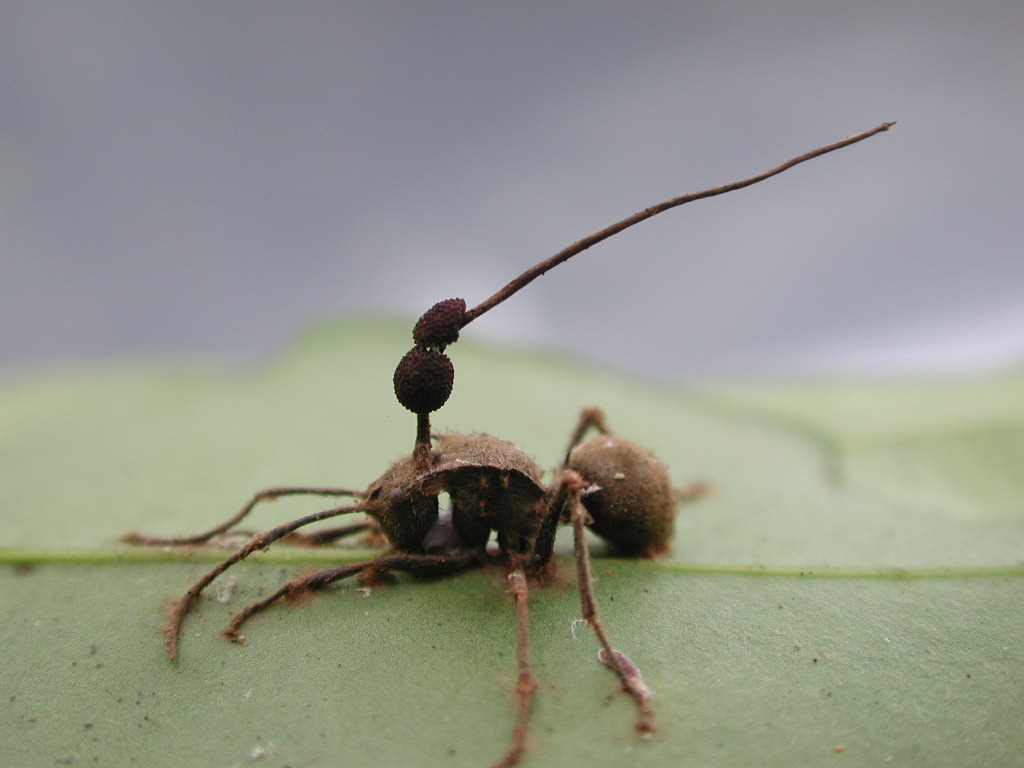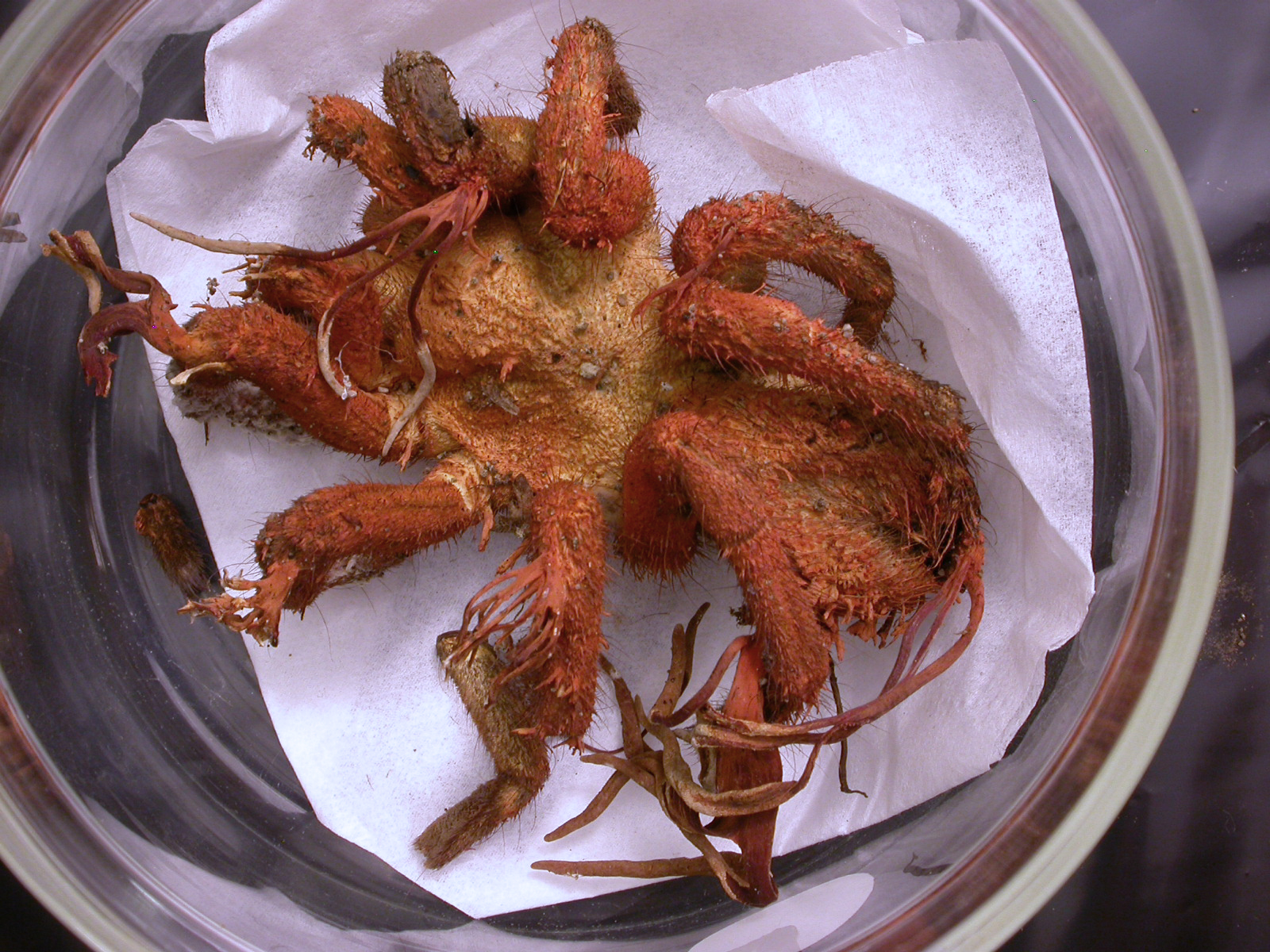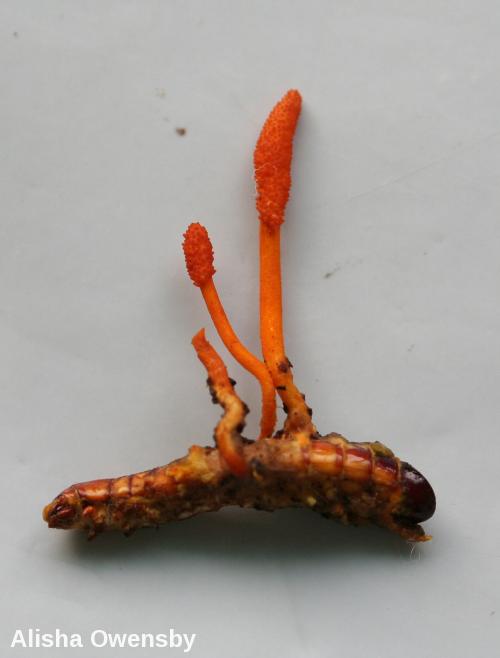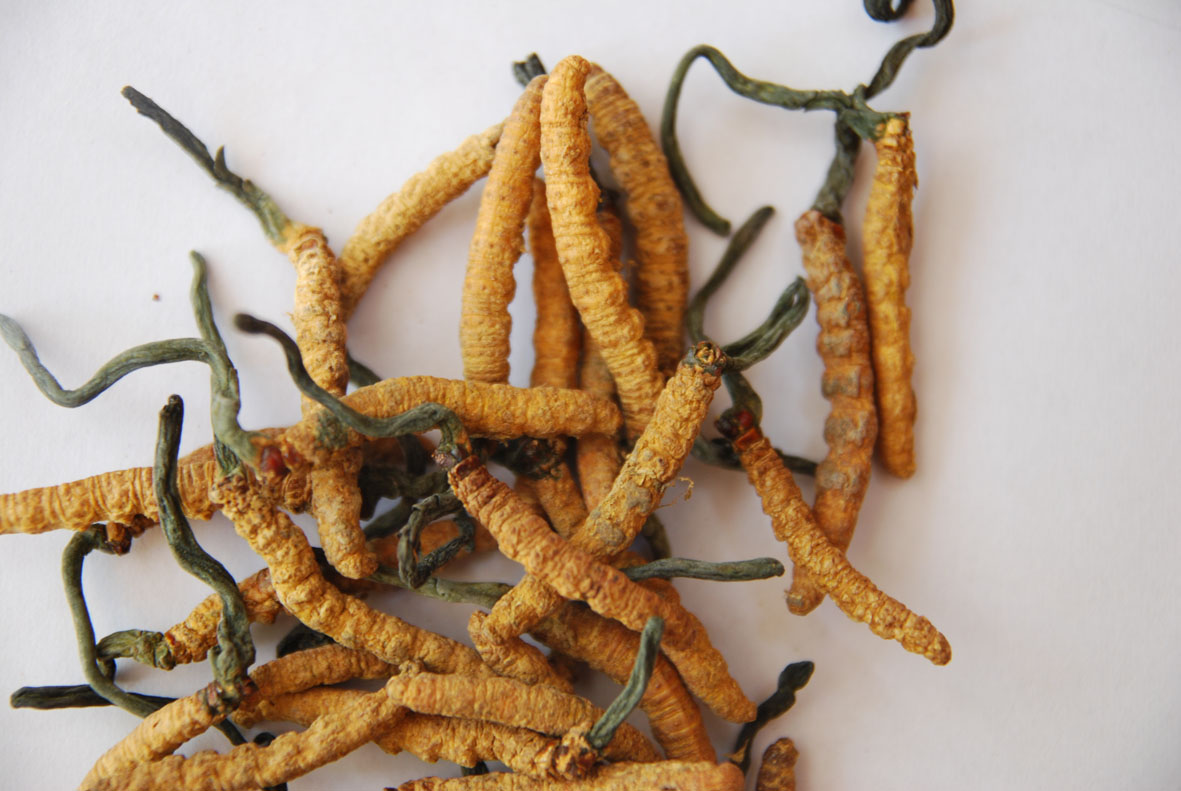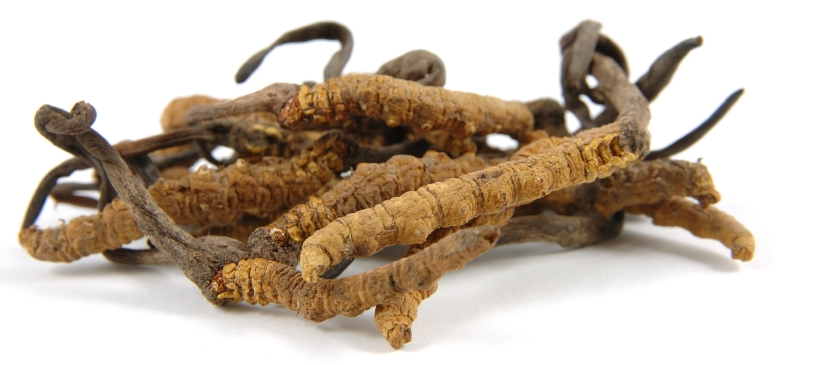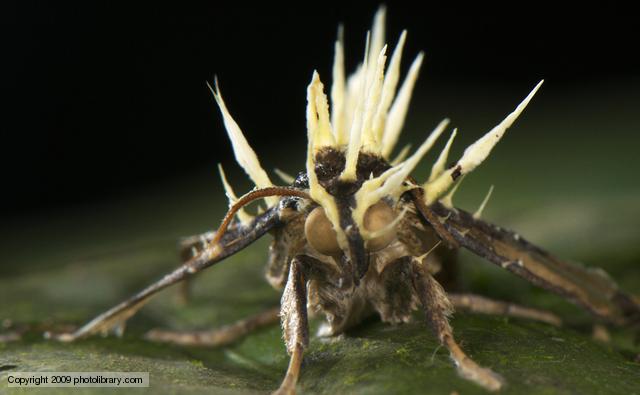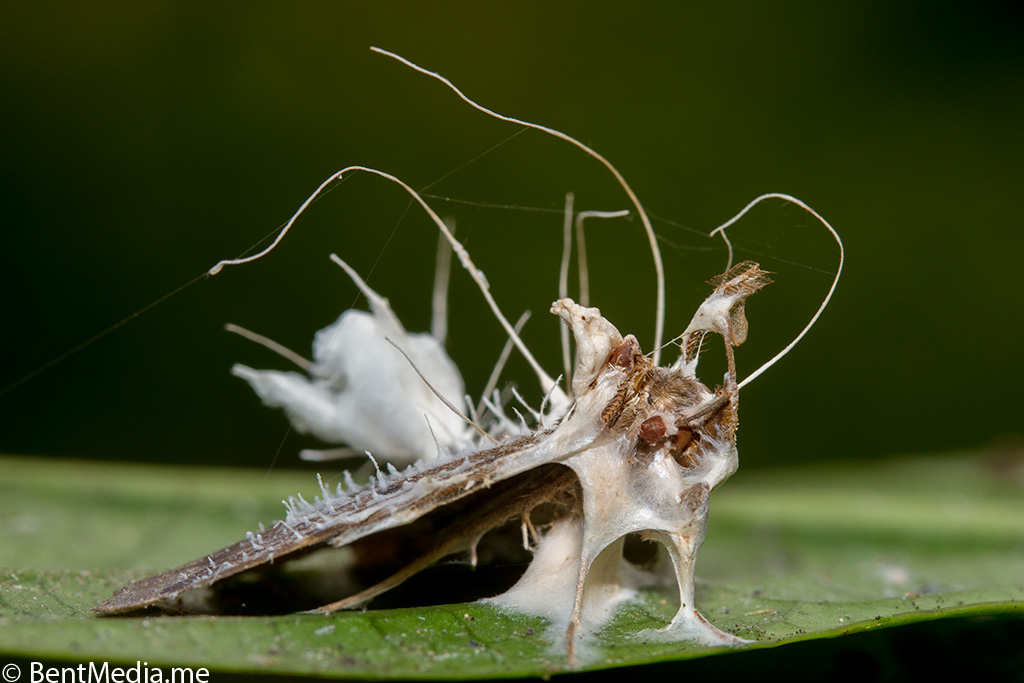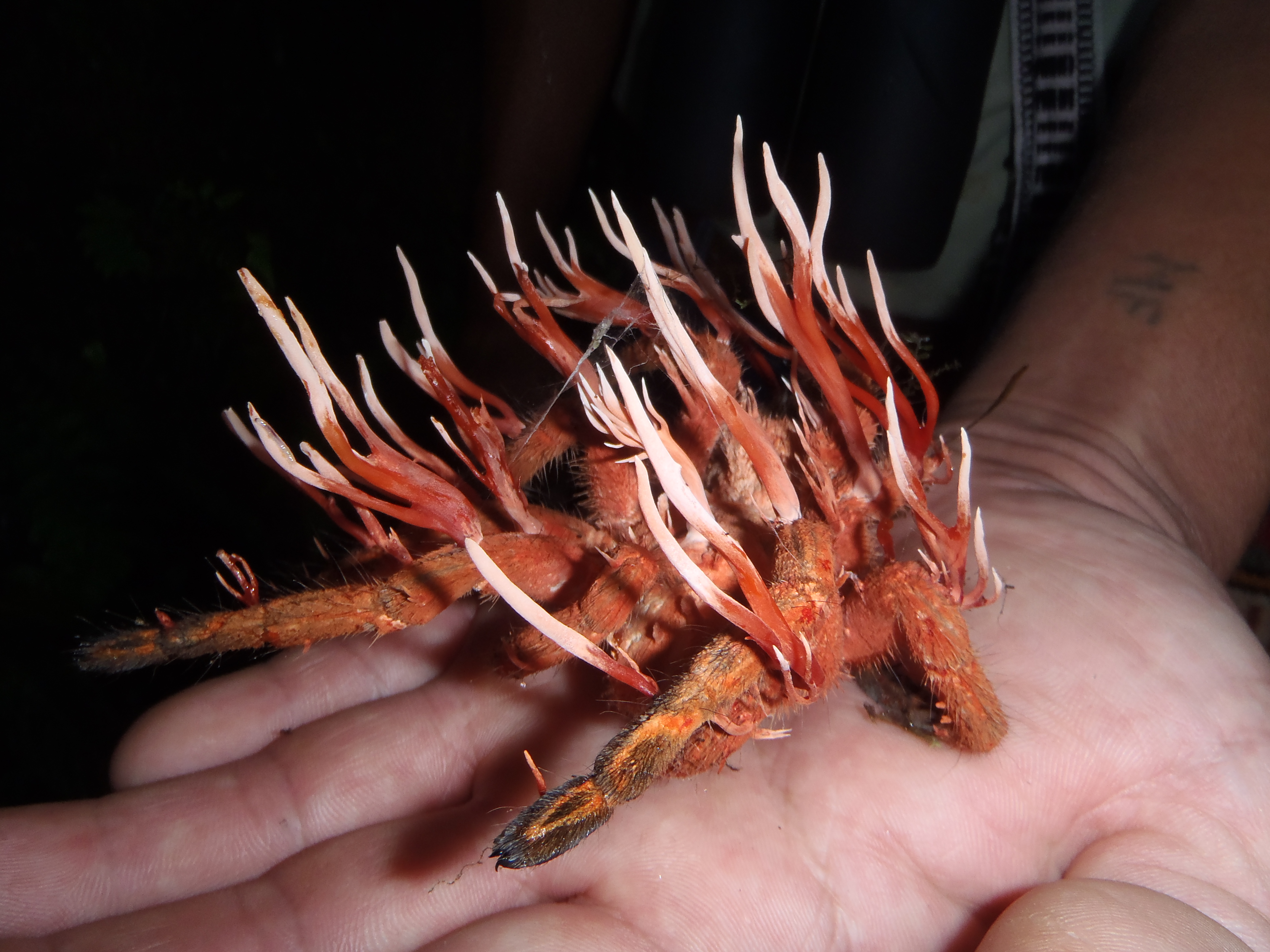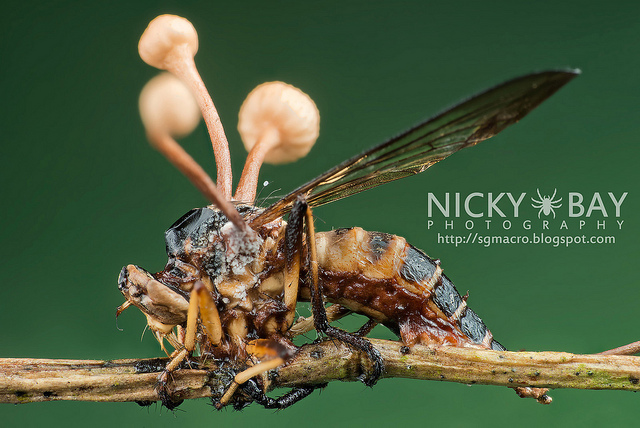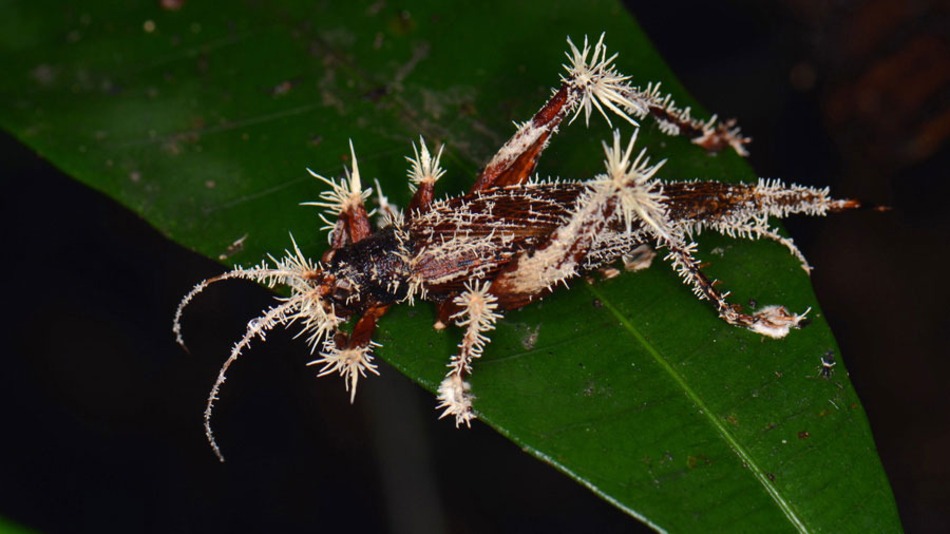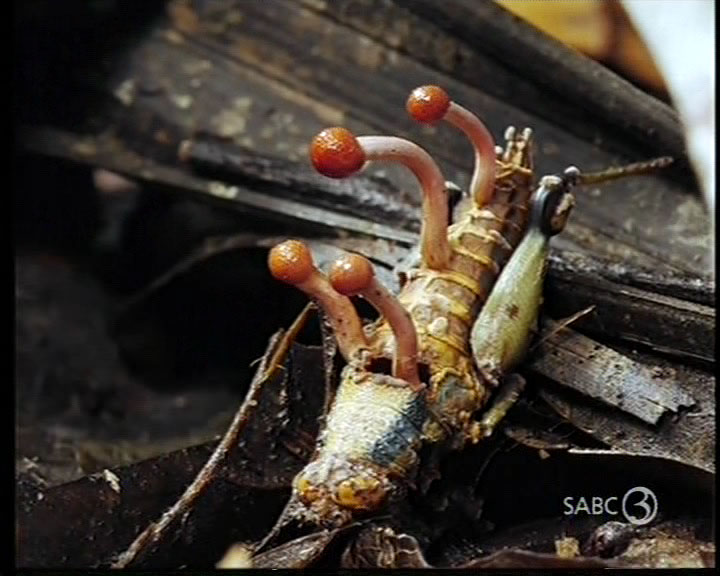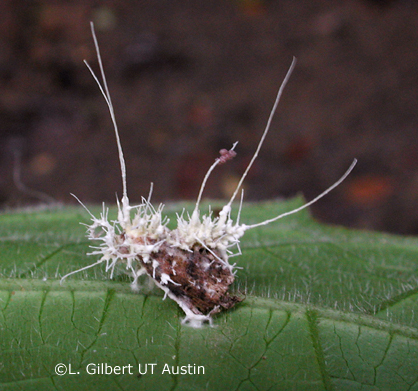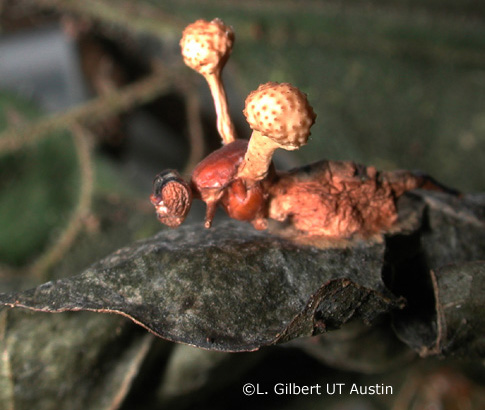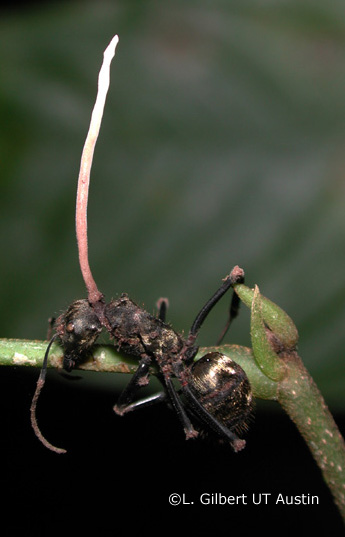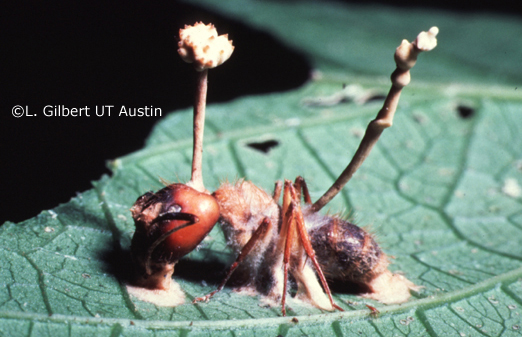Cordyceps: The Most Brutal Of Fungi
Cordyceps are a group of around 400 different fungi species. The majority of this legion of fungi are insect parasites (entomopathogenic) and destroy their victims in the most blood-curdling and brutal way.
They take over their host and devour its innards whilst it is still alive; finally, the cordyceps bursts through the unsuspecting insect’s shell to spread their spores far and wide.
Cordyceps invade the insect or arthropod’s body and eventually replace their host’s tissue, completely taking over the shell of the creature. This action turns the insect into a creepy husk of spores as the fungus bursts through the dead insect’s shell to spread its progeny.
Cordyceps are most prevalent in Asia, specifically Nepal, China, Japan, Bhutan, Korea, Vietnam, and Thailand and most often in hot and humid forests
Mind control
Amazingly, some Cordyceps are able to modify their host’s behaviour before dealing the death blow. Ophiocordyceps unilateralis, pictured below, also known as the “zombie fungus” infects ants; it is able to control the ant’s movements to its advantage.
Specifically, O. unilateralis urges the ant to leave its home in the canopy, descend to the forest floor, find a suitable plant, climb to the top, and fix itself to the underside of a leaf with its pincers. Only then does it finally kick the bucket.
The ant’s position under a leaf ensures that the growing Cordyceps is placed at the perfect temperature and humidity, and able to spread its spores to the widest audience.
Amazingly, the final resting place of these ants is always around 25 centimeters from the floor, give or take just a couple of centimeters (25.20 ± 2.46 cm). The ant’s final destination is always on the north side of the plant and in an area of 94-95% humidity.
How does the fungus effect an ant’s behaviour in such a way? It seems that the spores burrow into the ant through mechanical pressure and enzyme activity. Once inside, the O. unilateralis produces chemicals that presumably effect the ant’s hemocoel (the ant’s mix of internal body fluids).
The first sign of infection is an uncontrollable and sporadic convulsion, which flings the ant to the forest floor against its will.
The ant next climbs a plant and affixes itself to a leaf with an amount of force not normally used by the ant. This grip leaves a tell-tale mark on the underside of the leaf; similar markings have been found on fossilised leaves showing that this fungus has probably been turning ants into zombies for 48 million years. No wonder they’re so good at it.
Once the ant is seized in this “death grip,” its body dries out and it loses control over its muscles. The fungus kills the ant and replaces all of its soft tissue; finally, after a number of days, its fruiting bodies burst through the ant’s head to release the spores.
Cordyceps have proven useful in medicine; in 15th century Tibet, Zurkhar Nyamnyi Dorje noted the tonic abilities of one species and praised its use as an aphrodisiac.
This murderous fungus has also found a use in much more modern medicine; one compound derived from these parasites — ciclosporin — is used by organ transplant patients because it suppresses the immune system, reducing the risk of organ rejection.
Other compounds extracted from Cordyceps like the chemical cordycepin and certain sugars have been shown to have anticancer activity in vitro, but, so far, they’ve not found a use in patients. Other compounds extracted from the fungus seem to be able to protect the bone marrow and digestive system of irradiated mice.
Cordyceps is sold widely by the “alternative medicine” brigade, despite there being little evidence of its usefulness. But lack of evidence isn’t likely to stop them, is it? One of the Cordyceps species that is used in Chinese medicine is Ophiocordyceps sinensis, which exclusively parasitizes ghost moth larvae.
Scientists have recently isolated certain polysaccharides from Cordyceps militaris that might prove useful in fighting cancer, but so far have only been trialled in vitro.
Fungus wars
The fungus germinates in the caterpillar and completely mummifies its soft little body, transforming it into a tough, dry husk. Once the life blood has been sucked from the chubby caterpillar, a stalk protrudes from the shell and the life cycle continues.
Ophiocordyceps sinensis (above and below) is used for various remedies in Chinese medicine, none of which have been proven to work (of course), but their perceived efficacy and consequent over-harvesting means they are now considered endangered in China.
In rural Tibet O. sinensis is big money; 40% of a household’s income might come from tracking down and selling the fungus for medicinal purposes. One kilo of the best quality infected larva can reach $18,000 which is no small sum for a rural Tibetan.
In Nepal, the fungus is equally prized by the poor folk that search for it. This desperation to find and control the best areas for the fungus’ growth have turned sinister on occasion. In November 2011, a court in Nepal convicted 19 villagers over the murder of a group of farmers during a fight over the prized aphrodisiac fungus.
Seven farmers were killed in the remote northern district of Manang in June 2009 after going to forage for Yarchagumba (their regional name for O. sinensis infected caterpillars).
So the story of Cordyceps is interesting of itself, but its effect on humanity gives it a sad and disturbing twist. This parasitic group of fungi infect and destroy their hosts with violent cruelty, and the people who forage for Cordyceps destroy the fungus and each other in their pursuit. Quite a sad tale all round.
If you’ve got the stomach for it, here’s a gallery of insect-based violence at the hands of Cordyceps:
MORE INCREDIBLE NATURE:
CREATONOTOS GANGIS – ANOTHER WEIRD INSECT

